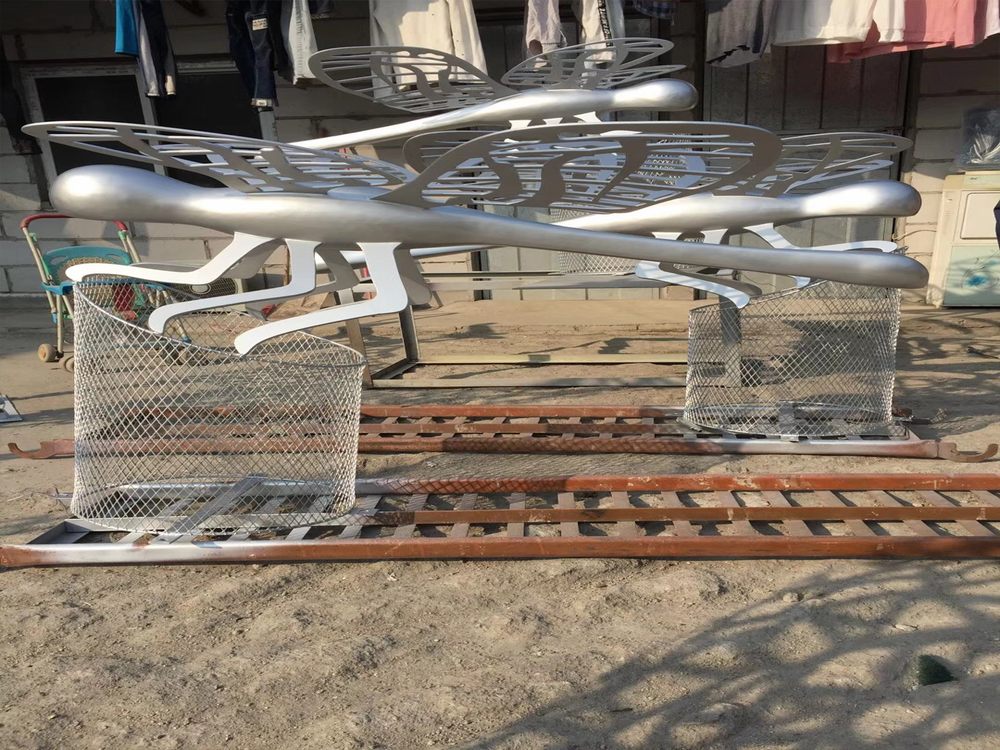
Metal sculptures have long served as powerful symbols of cultural identity in public monuments, bridging the past and present through artistic expression. These enduring works of art encapsulate the values, struggles, and triumphs of communities, transforming urban spaces into living narratives.
One key contribution lies in their ability to immortalize historical events and figures. From bronze statues of national heroes to abstract steel installations representing collective memory, metal sculptures provide tangible connections to shared heritage. The material's durability ensures these stories withstand time, much like the cultures they represent.
Beyond historical documentation, metal sculptures often incorporate indigenous techniques and local craftsmanship. A community's unique metalworking traditions—whether intricate filigree or bold modernist forms—become visual signatures that distinguish regional identities. This artistic DNA fosters pride and continuity across generations.
Contemporary public monuments increasingly use metal sculptures to address complex cultural dialogues. Cor-Ten steel's weathering process metaphorically represents societal evolution, while polished stainless steel mirrors reflect viewers into the narrative. Such innovative approaches make cultural identity interactive and inclusive.
The placement of these sculptures in public spaces democratizes cultural expression. Unlike museum pieces, they engage diverse audiences daily, sparking conversations about collective identity. Their permanence contrasts with our transient digital age, offering grounding cultural touchstones.
As cities globalize, metal sculptures in public monuments serve as anchors of cultural distinctiveness. They transform civic spaces into open-air galleries where heritage and modernity coexist, ensuring cultural identity remains visible, tactile, and relevant in our shared environments.

